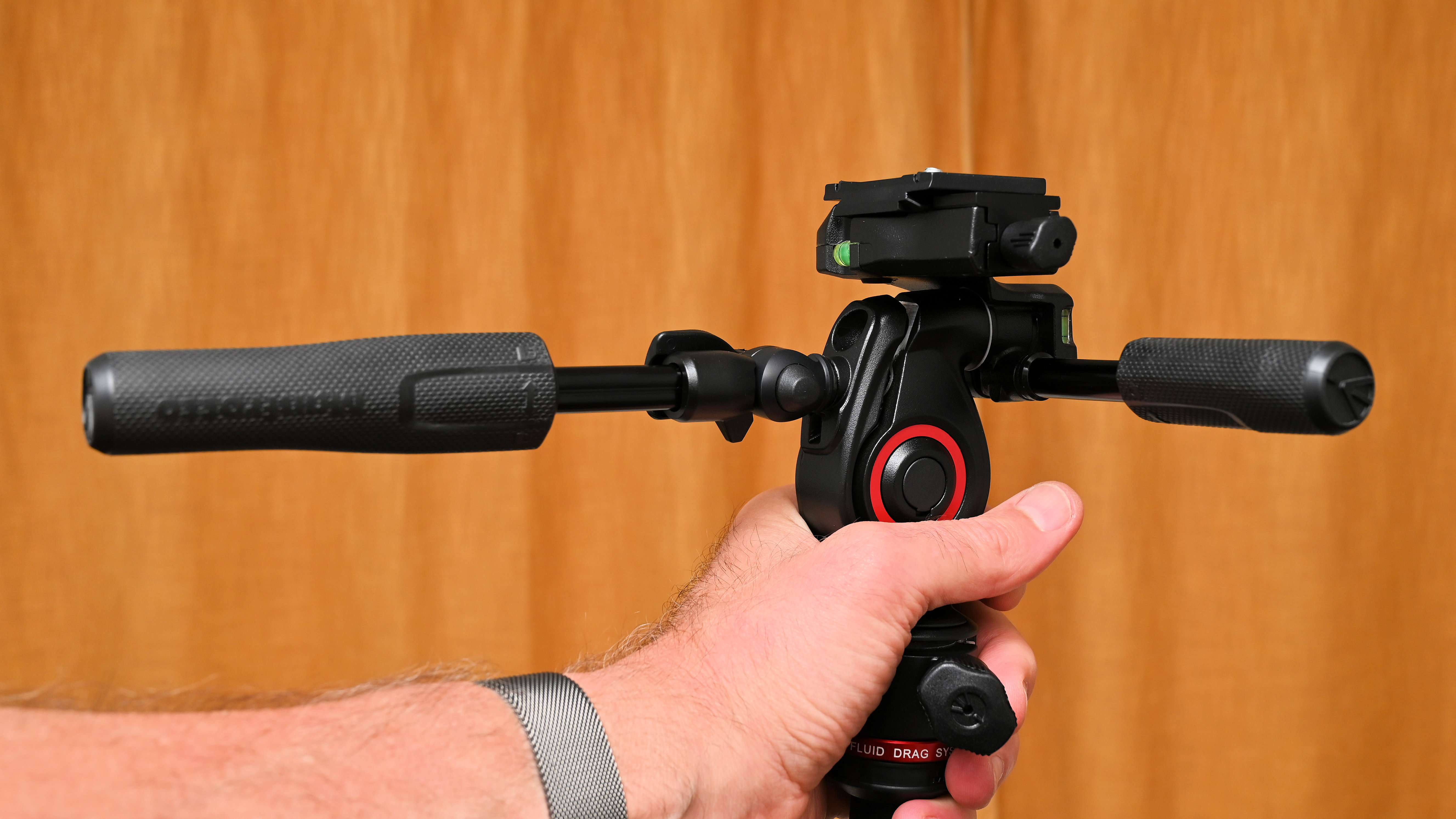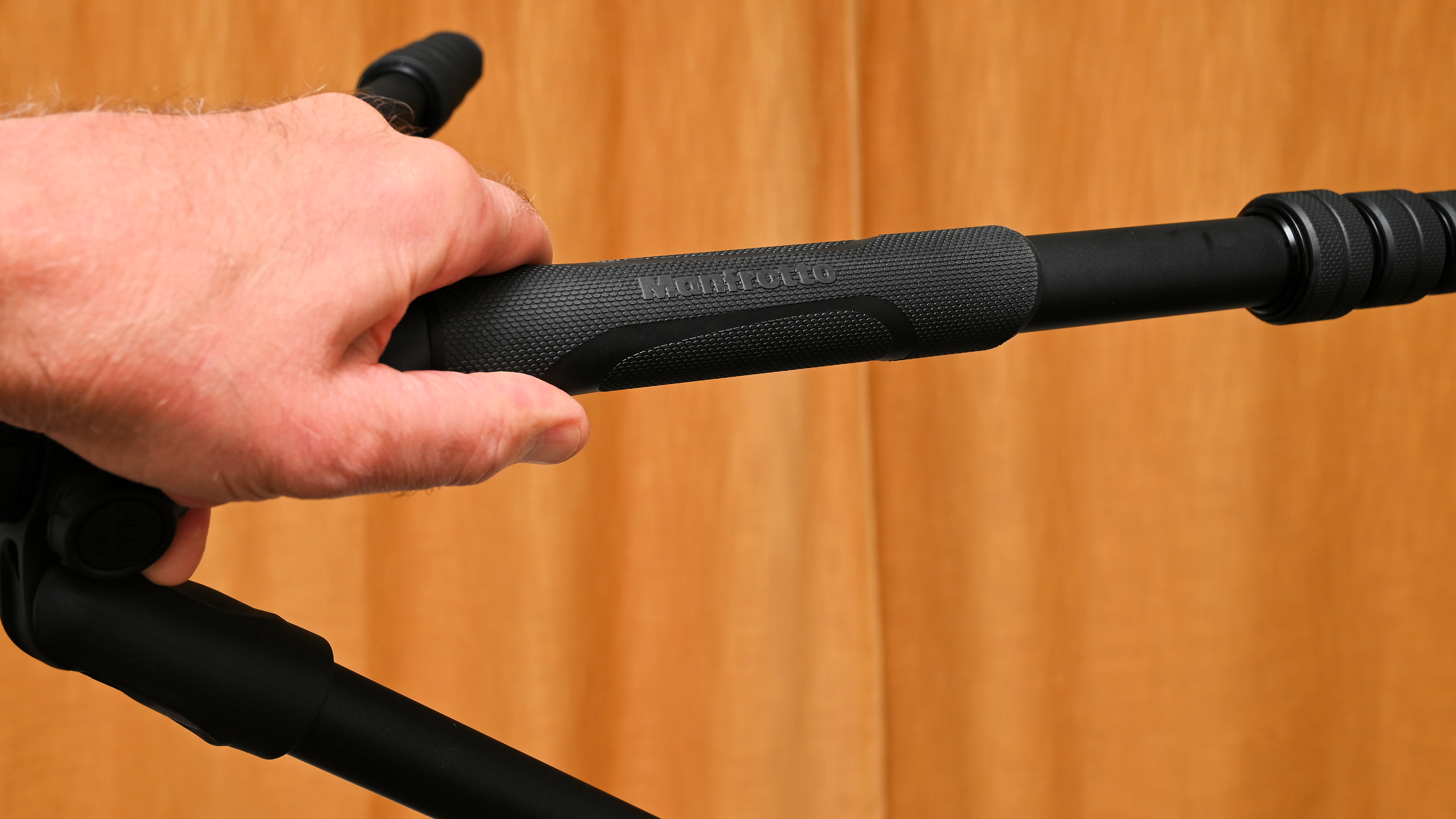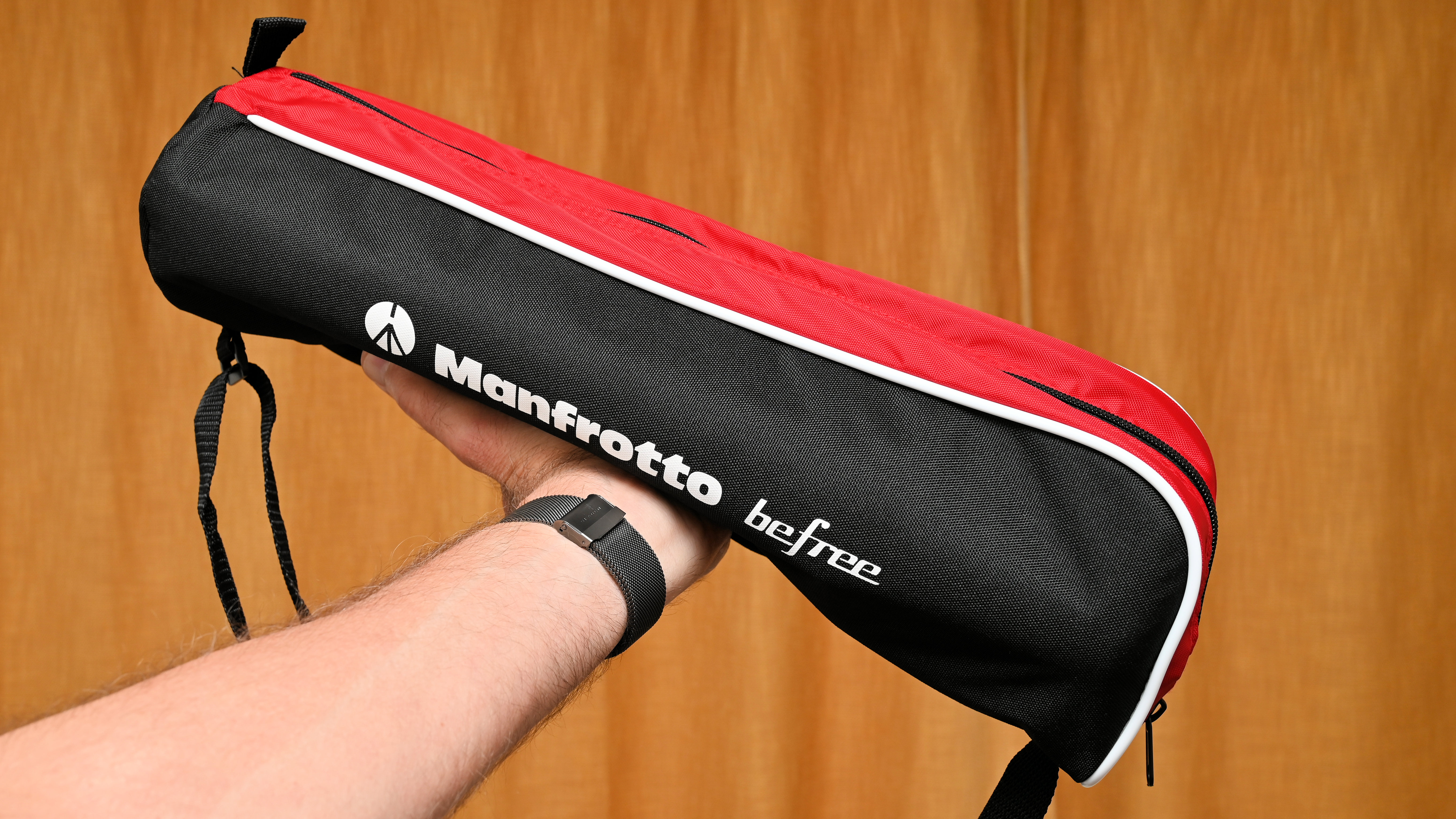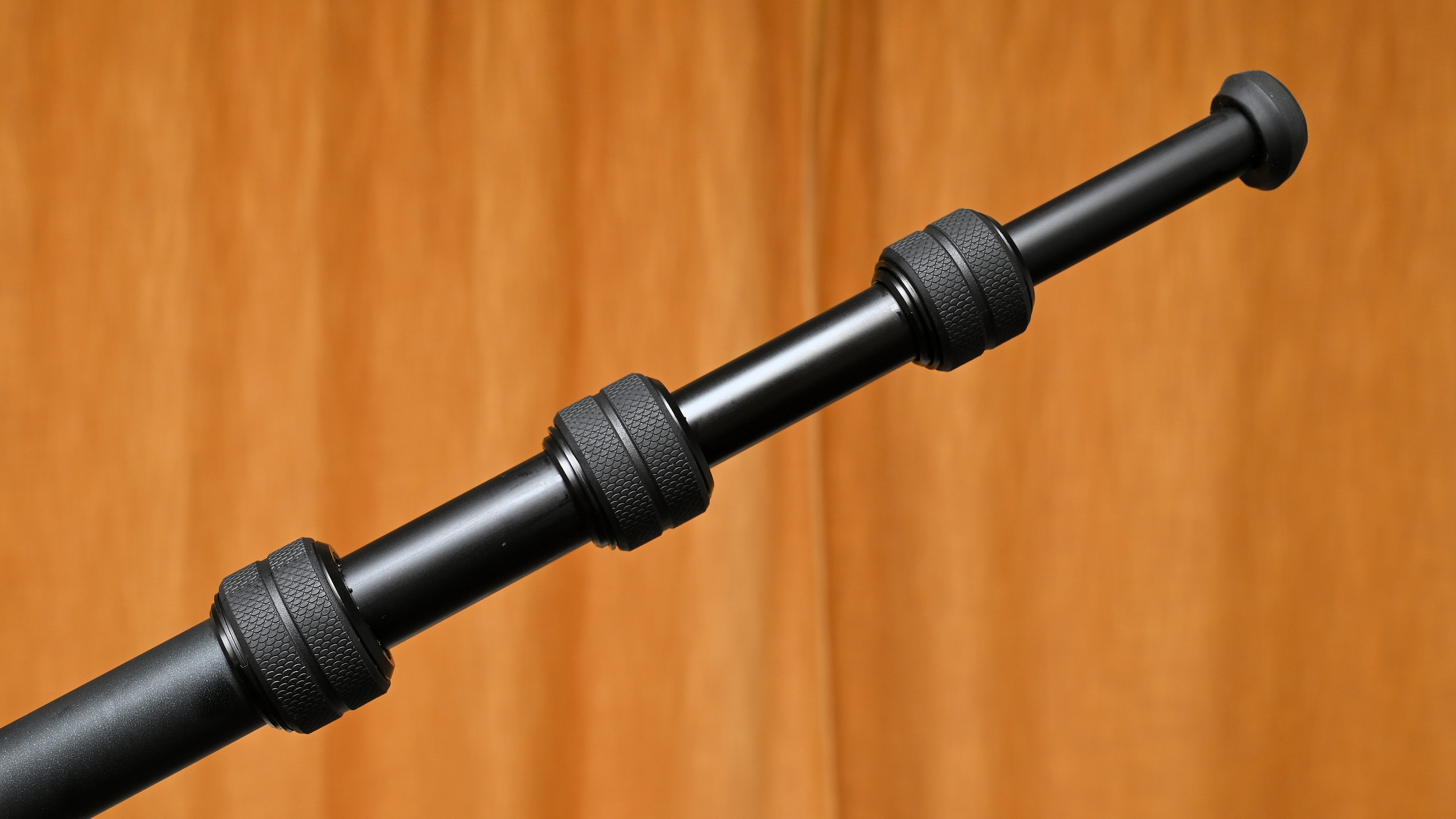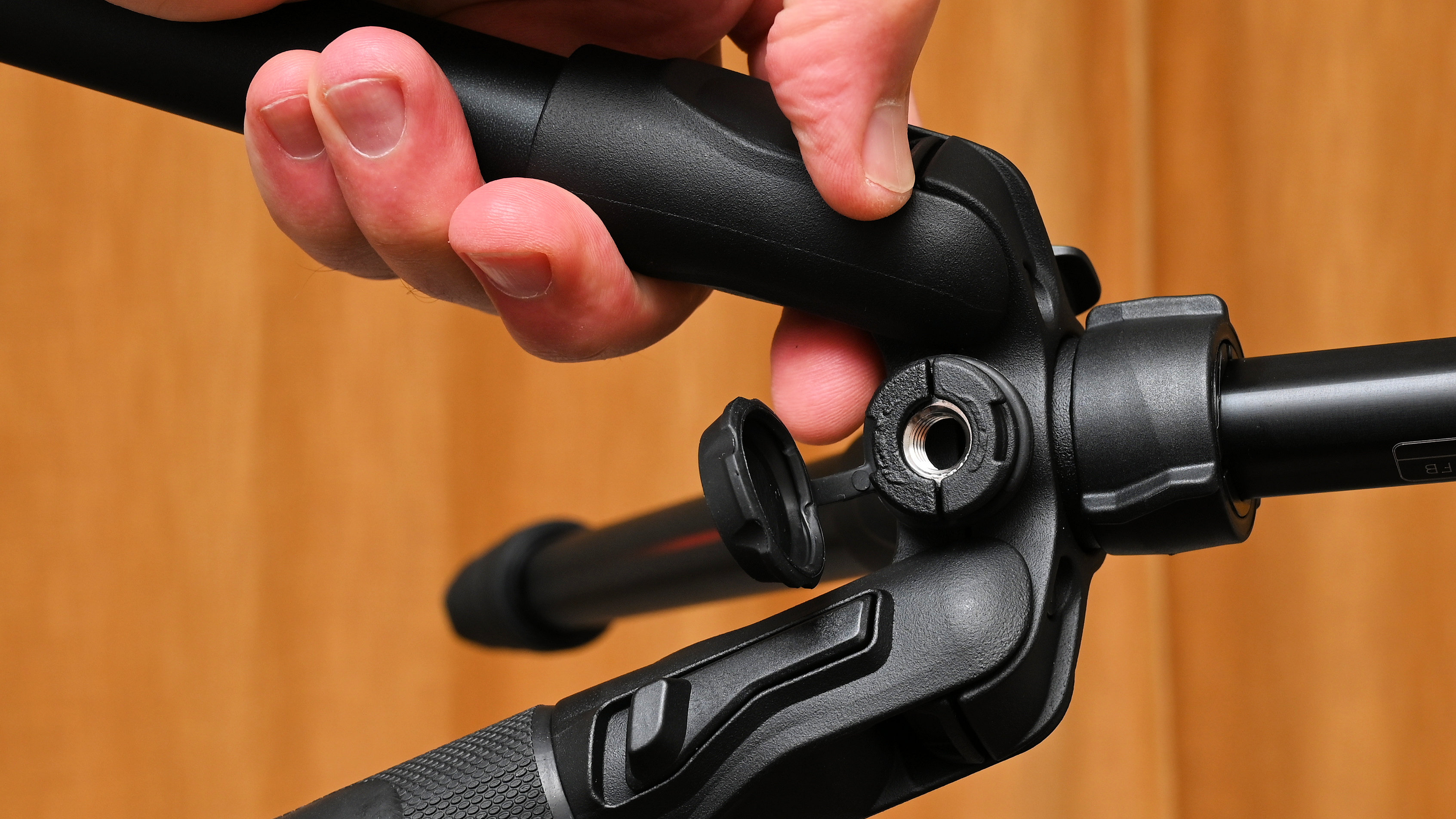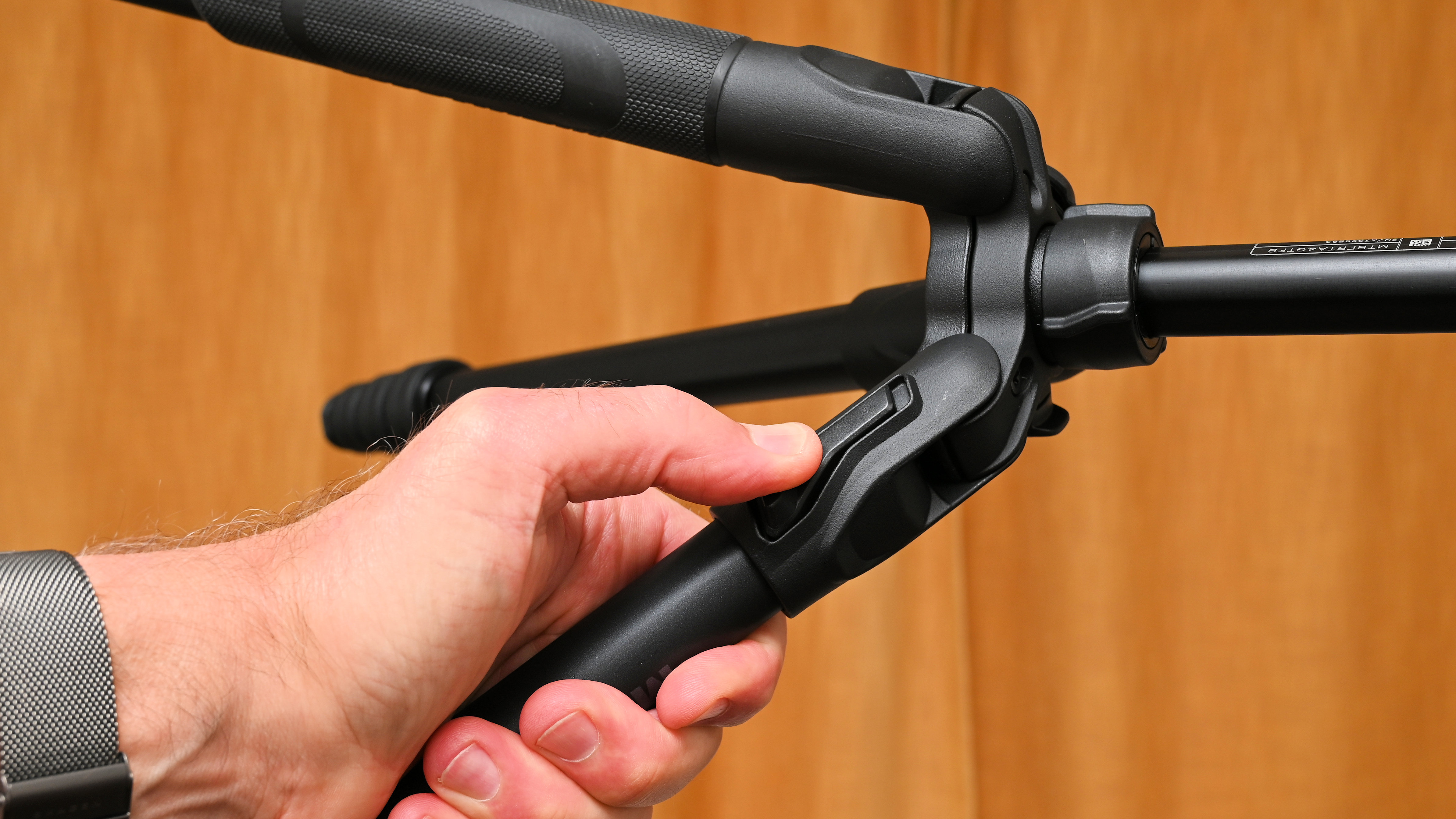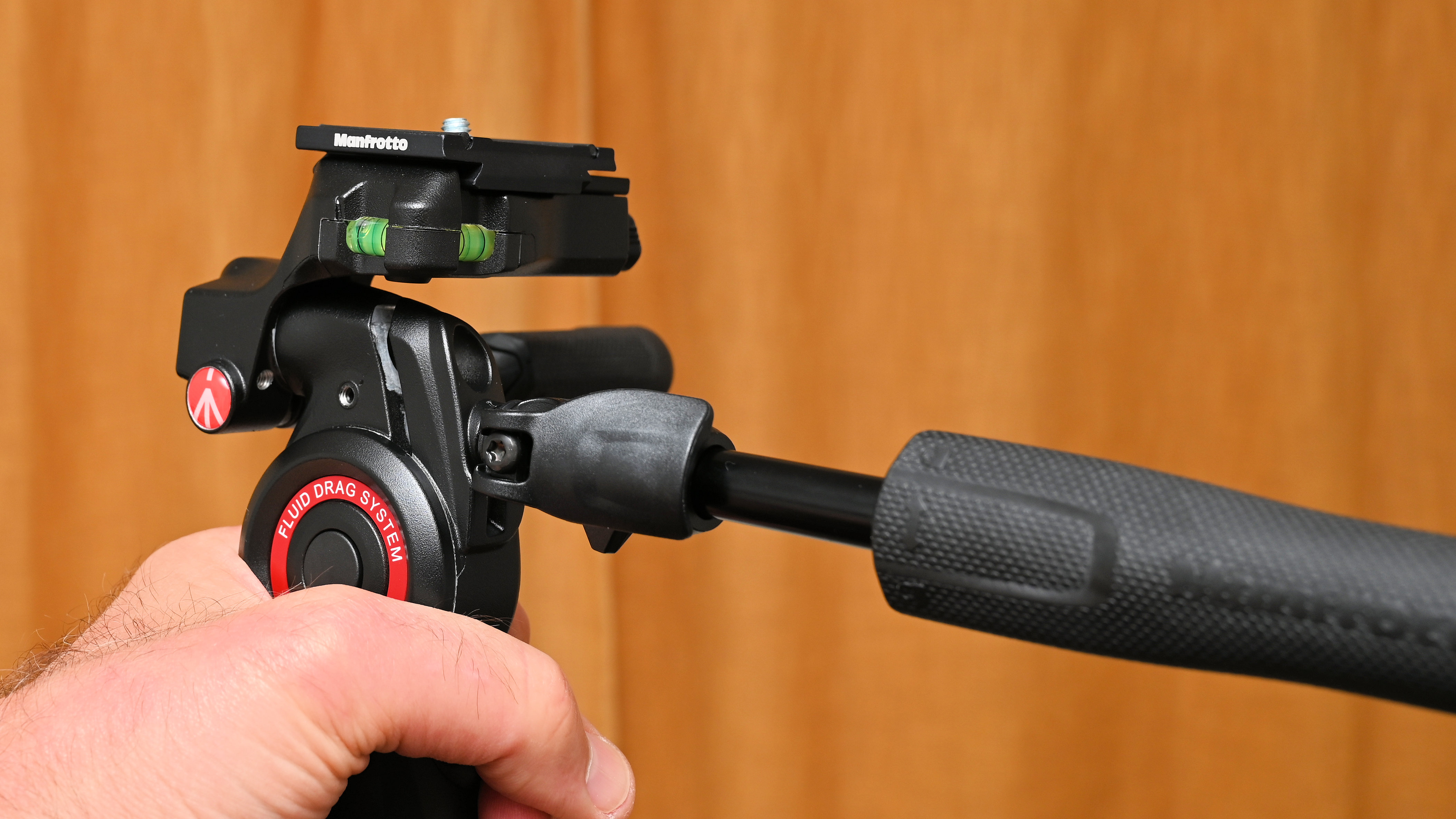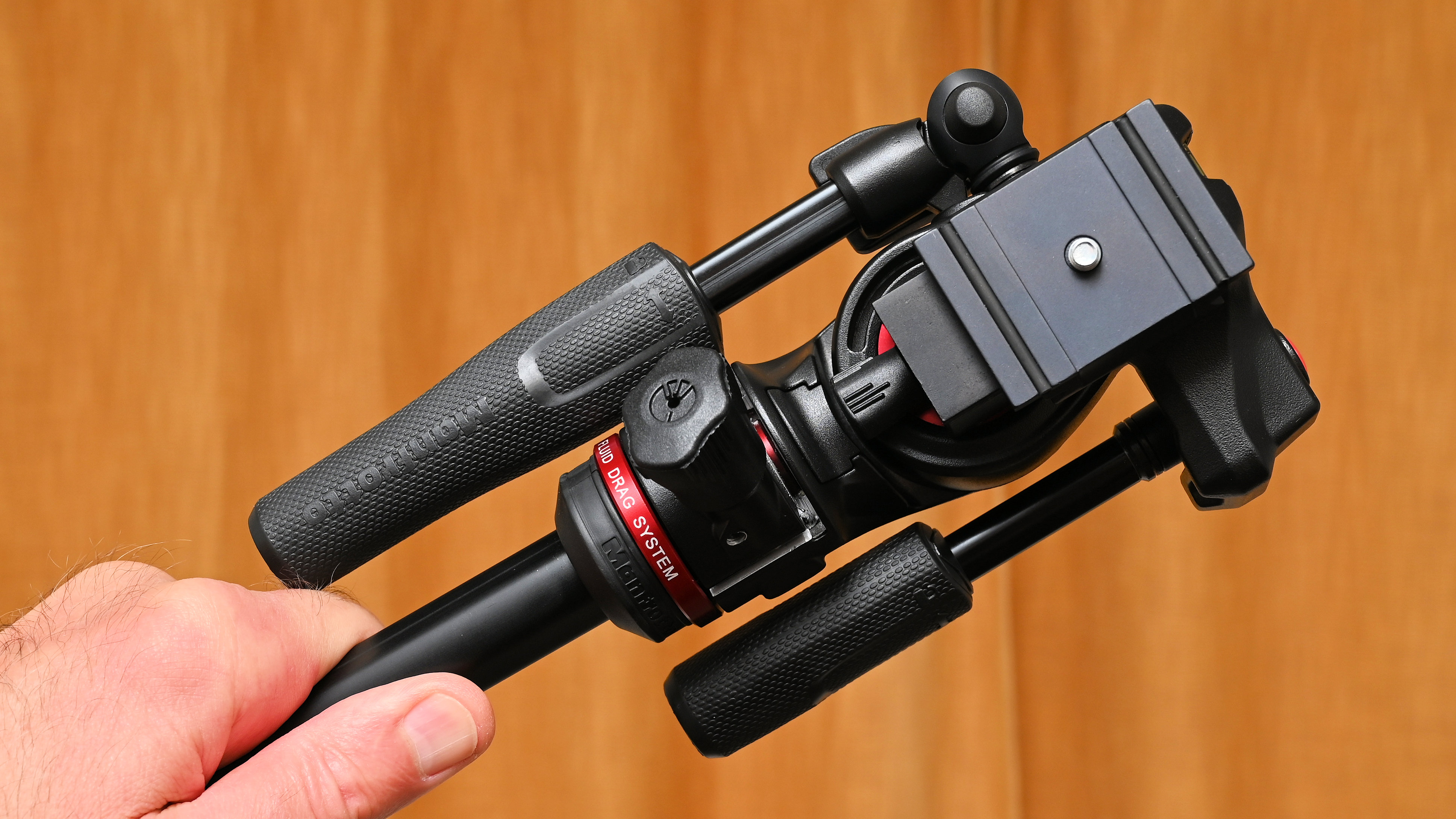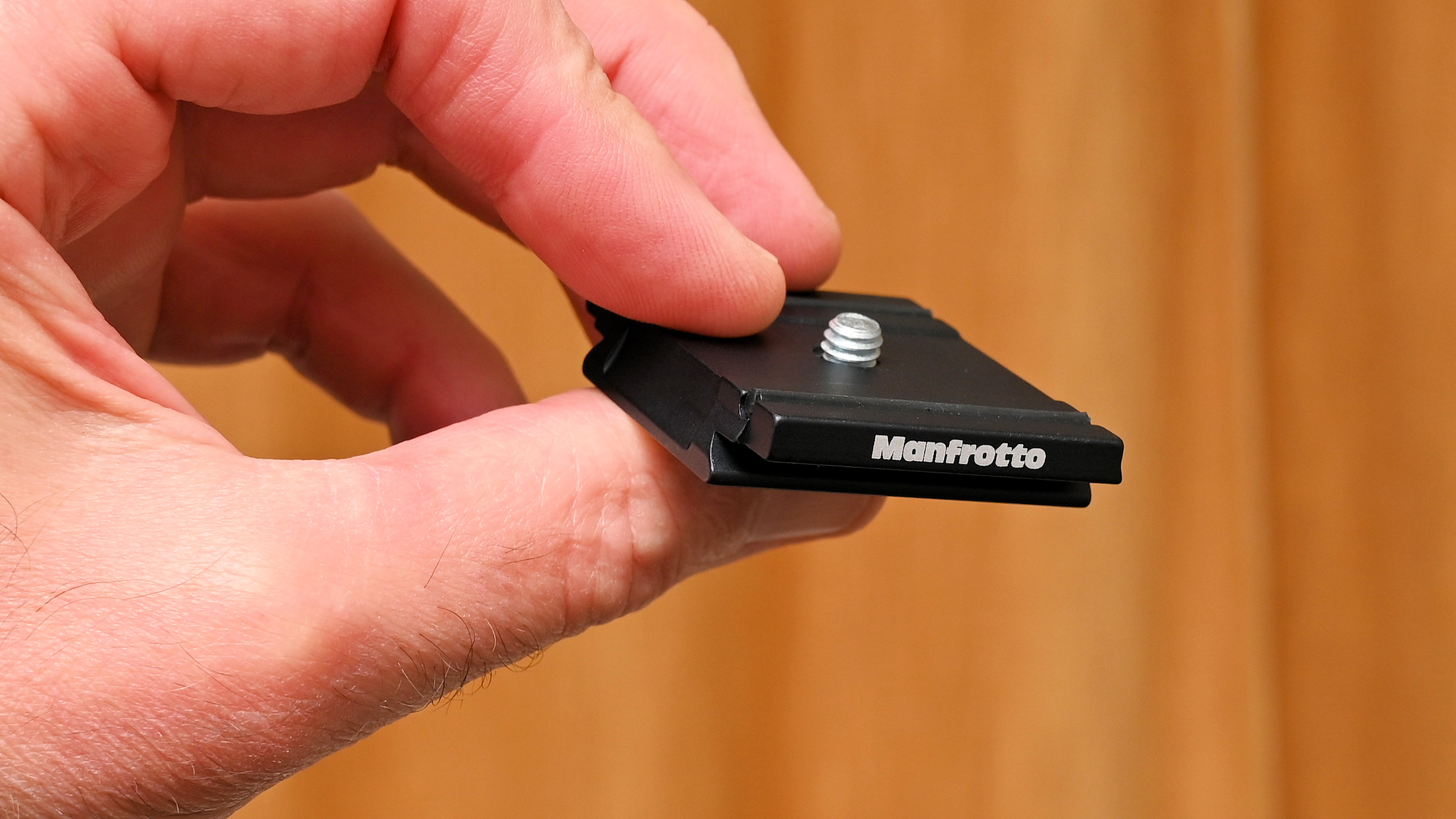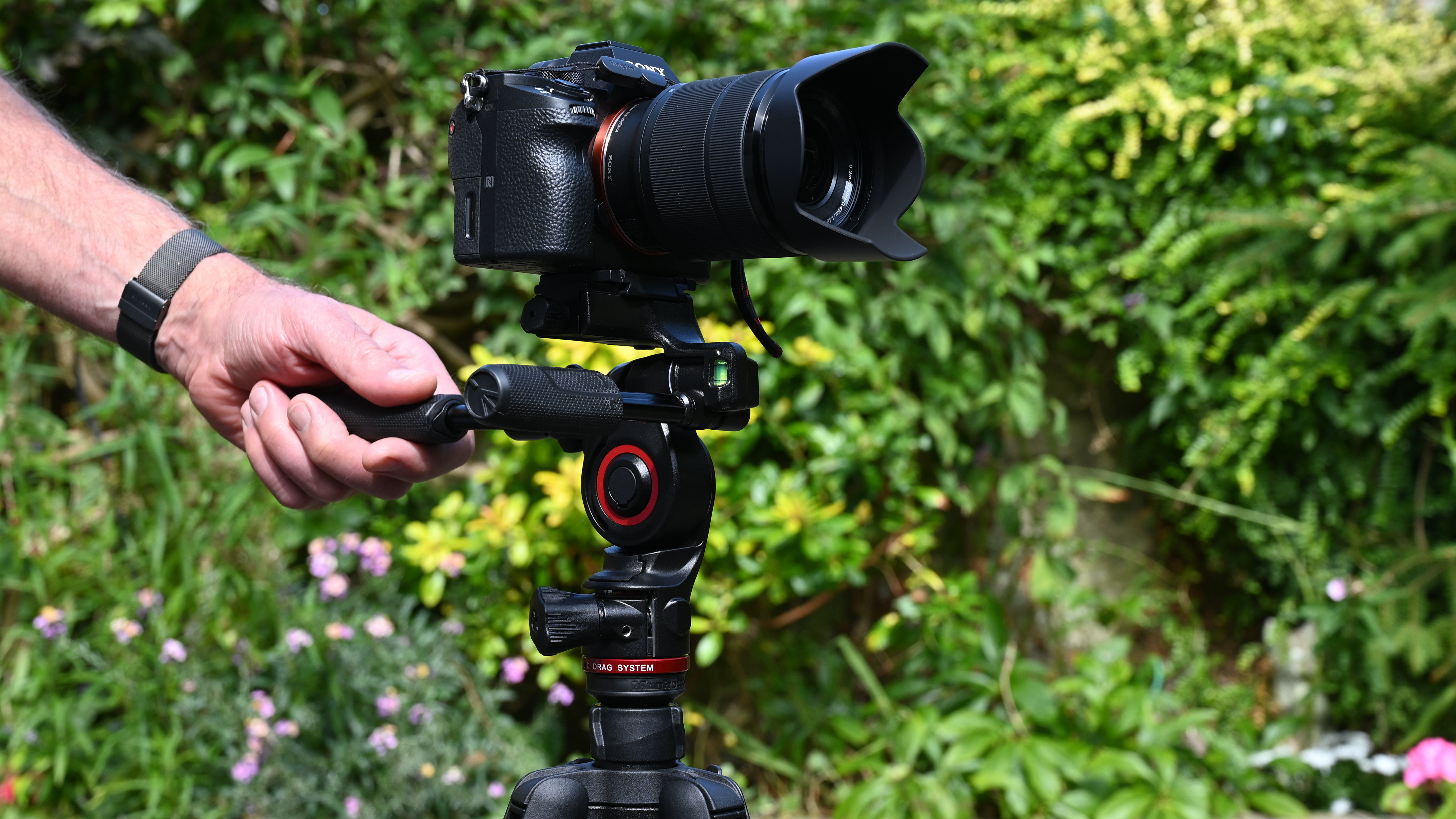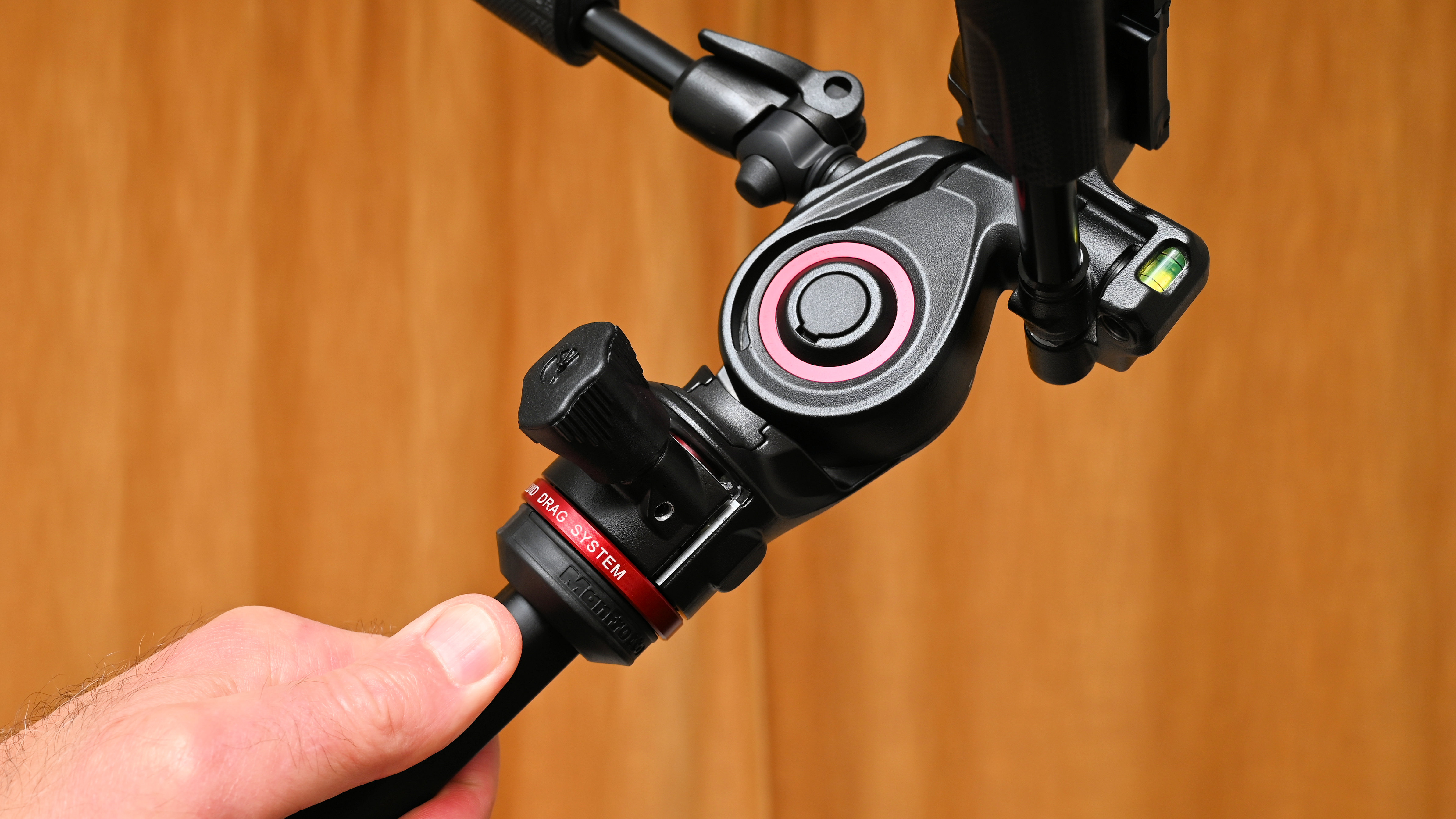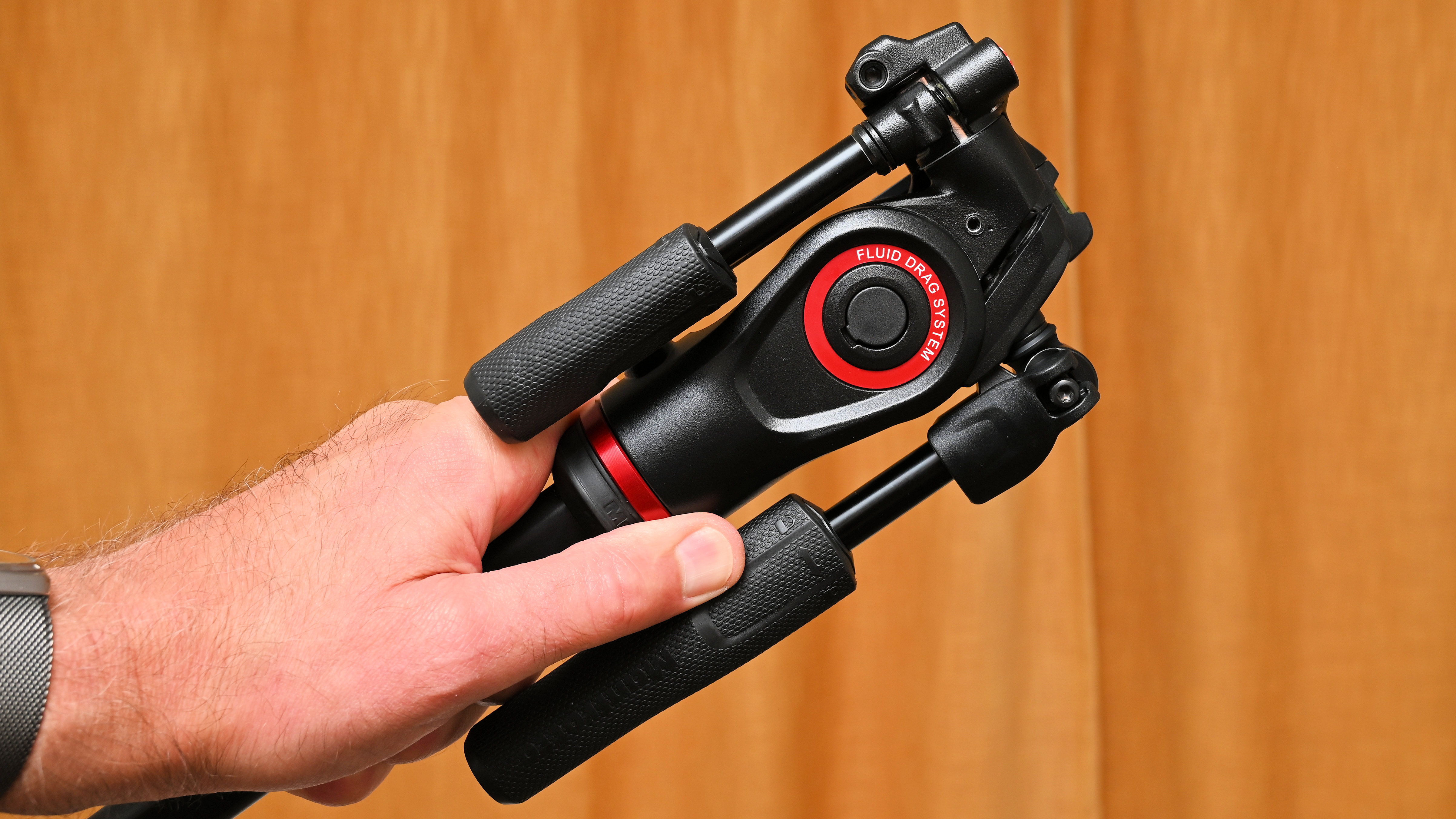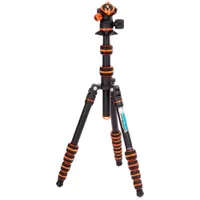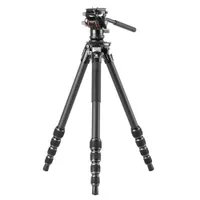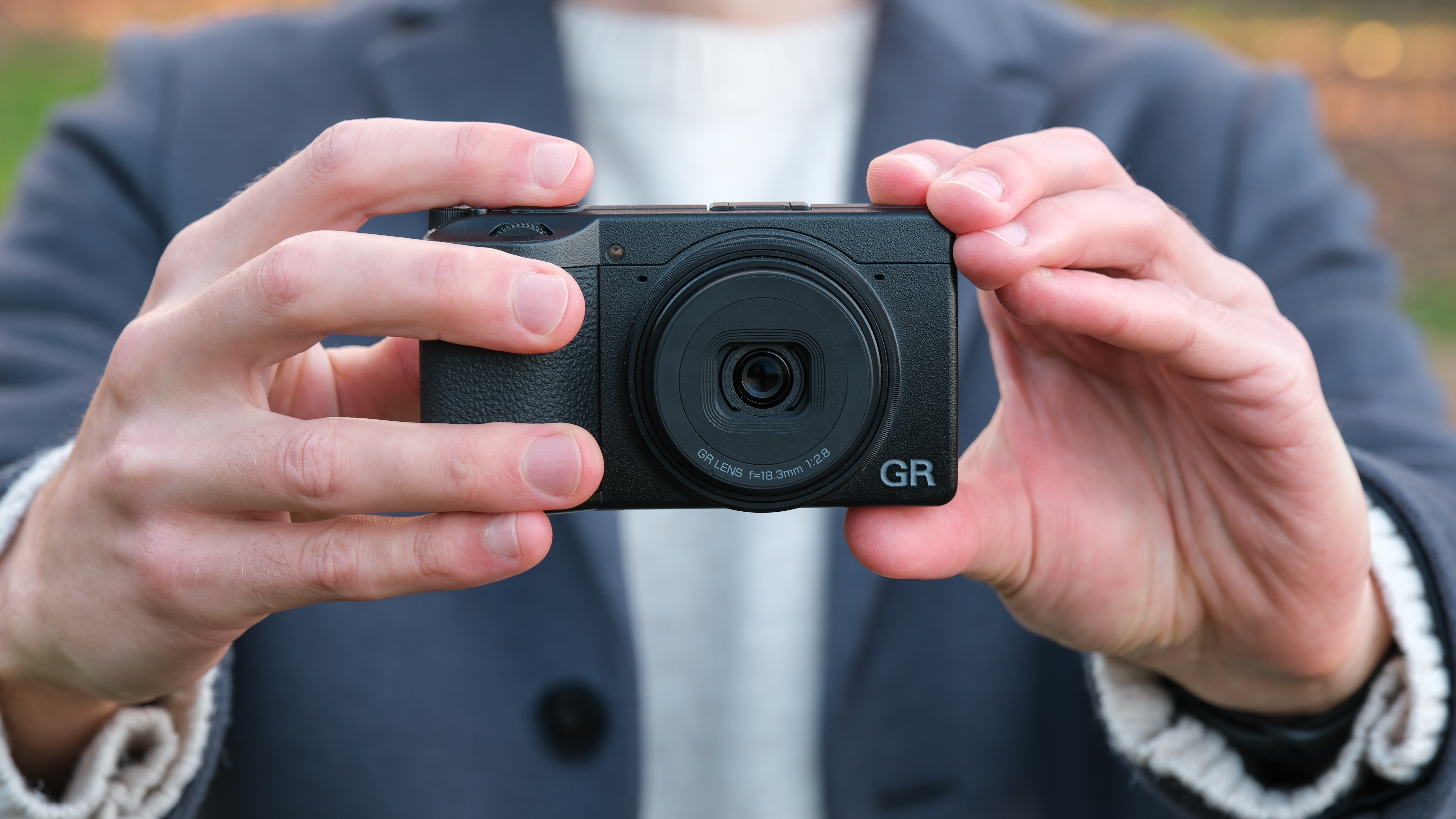Digital Camera World Verdict
For me, the Manfrotto Befree GT 3-Way solves a perennial problem. I often find that full-sized tripods are so big, heavy and cumbersome that I leave them at home when I’m travelling around, and regret it further down the road. This kit is compact and lightweight enough to take anywhere and everywhere, yet offers a decent maximum operating height and is well suited to both stills and video capture. Sorted!
Pros
- +
Compact and lightweight
- +
Suitable for stills and video
- +
Foldable 3-way head
Cons
- -
No bubble level on legs
- -
Modest maximum operating height
- -
Pretty pricey to buy
Why you can trust Digital Camera World
Manfrotto needs no introduction, being a world leader in tripod manufacture for 50 years and counting, while making some of the best tripods for photographers, best video tripods, and best travel tripods along the way. Indeed, the company makes tripods in all shapes and sizes (or at least sizes), from tiny tabletop tripods to high and mighty heavy-duty sticks.
The ‘Befree’ range of travel tripods is among Manfrotto’s all-time best-sellers, with new additions to the line-up coming along fairly frequently. The vast majority of travel tripod kits nowadays come with compact ball heads, as they take up a little extra space and are quick and easy to set up.
However, ball heads are generally less than ideal for shooting video and arguably lack the precision of fine adjustments for stills photography that a 3-way head enables. That’s where the new Befree GT 3-Way comes in, aiming to cater to the needs of hybrid stills and video shooters.
Manfrotto Befree GT 3-Way: Specifications
| Material | Aluminum |
| Folded height | 45cm / 17.7" |
| Maximum operating height | 168cm / 66.1" |
| Minimum operating height | 48cm / 18.9" |
| Weight | 2.18kg / 4.81lb |
| Load rating | 6kg / 13.2lb |
| Sections per leg/center column | 4 / 1 |
| Leg section diameters | 26, 22.5, 19, 15.5mm |
| Locking leg angles | 3 |
Manfrotto Befree GT 3-Way: Price
Like most Manfrotto tripods and heads, you can buy the component parts of this kit separately but, this time around, you can buy the complete kit as a whole, saving a few bucks in the process. The aluminum edition of the Manfrotto Befree GT 3-Way comprises a set of Befree GT PRO tripod legs and a Befree 3-Way Live Head, all wrapped up in a high-quality but lightweight travel bag with an adjustable shoulder strap. It has a suggested price of $329 / £284, which is pretty expensive for a travel tripod kit, or you can go for broke with the posher carbon fiber edition at $430 / £374.
Manfrotto Befree GT 3-Way: Design & Handling
I tested the aluminum edition of the Befree GT 3-Way. An instant hit is that, instead of having the usual shiny metal appearance, it’s finished in smart satin black. At a glance, it actually looks more like a carbon fiber tripod than a metal one, although it naturally lacks the woven appearance of the pricier carbon fiber version of the kit. Even so, the quality of the finish looks top-notch.
As with the vast majority of recent travel tripods, the legs swing vertically upwards for stowage, surrounding the extending center column and mounted head. It’s a definite space-saver and the kit has a folded height of just 45cm / 17.7", making it easy to stash away when space is at a premium. It lightens the load for carrying around as well, weighing in at 2.18kg / 4.81lb. Slip it into the supplied carrying bag and it’s easy to slip over your shoulder.
I’m not generally a fan of ultra-small travel tripods with five sections in each leg, as the bottom sections tend to be very thin and spindly, often impacting on rigidity at maximum operating height. This Manfrotto has four sections per leg, with diameters of 26, 22.5, 19, 15.5mm, so the bottom sections look and feel more robust than in some travel tripods that shrink to around 9mm to 11mm for the bottom leg sections.
The best camera deals, reviews, product advice, and unmissable photography news, direct to your inbox!
Extending each leg is quick and easy, as it’s simple to grab all the twist clamps in your hand and loosen them in one gesture. They only need minimal rotation to loosen and relock them again, which is a further bonus.
As I’d expect, the legs have three lockable angles as well as swinging completely upwards, which helps when working around obstacles or shooting on tricky terrain. Wider leg angles also help with stability in low-level shooting, making the tripod less likely to topple over if accidentally knocked.
The maximum operating height with the legs at their most acute angle and the center column fully extended is 168cm / 66.1". That’s pretty impressive for such a compact travel tripod but is naturally more modest than with a ‘full-sized’ tripod.
The legs feature a threaded accessory socket on the spider which can come in useful for attaching the likes of an LED photo/video lamp or a microphone on an extending arm. There’s also a hook which you can use for adding a stabilizing weight, or a strap for carrying the tripod when it’s not stashed in its bag.
One trick that I think the legs are missing is that there’s no bubble level. Sure, there are two spirit levels on the 3-way head, but you need to get the legs level instead of just the head if you’re panning during video capture or taking a sequence of stills for stitching into a panorama. If the legs aren’t level and only the head is leveled, everything goes on the tilt when you start panning.
The head itself is really rather clever. As I’ve mentioned, most travel tripods have ball heads. This saves additional room taken up by the extending levers or knobs required by a 3-way head. Some 3-way heads have locking levers that you can unscrew to save on stowage size, but that’s a bit of a faff and demands more setup and takedown time.
With this kit, the Befree 3Way Live head neatly tilts through 90 degrees, tucking one of the handles completely out of the way. The other handle has a hinged mechanism so that it too folds in flat to the side of the tripod when it’s packed away. The net result is that the whole kit folds down as small as one with a ball head.
Manfrotto Befree GT 3-Way: Performance
It might seem obvious but a key performance factor of any tripod is that you actually have it to hand when you need it. The Manfrotto Befree GT 3-Way certainly fits the bill in this respect, as it folds away so small and is so easy to carry around.
The downside is that many lightweight ‘travel tripods’ feel a bit flimsy and less than rigid at or near their maximum operating height. It’s worth pointing out that, while the overall kit has a maximum load rating of 6kg / 13.2lb, the legs themselves have double the payload rating, at 12kg / 26.5lb.
I was pleasantly surprised by the solid, sturdy performance of the tripod even at its maximum operating height, with the legs and center column fully extended.
The head itself works very well. The controls are intuitive, with independent handles for each of the tilt and swivel movements. Panning is taken care of by a separate locking knob at the base of the head. The labeled ‘Fluid Drag System’ for tilt and panning lives up to its name, enabling smooth motion for video, while locking off firmly for shooting stills.
However, there’s no counterbalance or spring-loaded mechanism for tilt action, as featured in fully videocentric heads, nor a leveling base that you tend to get in tripods which are designed purely for videography rather than ‘hybrid’ stills and video shooting.
Ultimately, this tripod kit works very well for both stills and video. It’s rigid and resistant to vibrations at all operating heights and folds down quickly and easily between shots.
Manfrotto Befree GT 3-Way: Verdict
Nowadays more and more of us are capturing a mix of stills and video. I like that the Manfrotto Befree GT 3-Way is well suited to both, thanks to its 3-way head that features Manfrotto’s ‘Fluid Drag System’ for tilt and panning.
For traveling around or just for a day out, it’s great that the kit folds down so easily and is so compact and lightweight, fitting snugly in the supplied carrying bag. And whereas some lightweight travel tripods feel a bit flimsy, this one gives solid support even at its maximum operating height. It’s quite pricey for an aluminum travel tripod but well worth the money.
| Features | It’s got a useful set of features that combine very well for shooting both stills and video. | ★★★★★ |
| Design | The design gives the advantages of a 3-way head without any compromise in compactness. | ★★★★★ |
| Performance | The kit performs well for both stills and video, so long as you don’t need a really tall operating height. | ★★★★☆ |
| Value | It’s quite expensive for an aluminum travel tripod kit, and the carbon fiber version is properly pricey. | ★★★★☆ |
Should you buy the Manfrotto Befree GT 3-Way?
✅ Buy this...
- You want a tripod kit that’s equally adept for both stills and video shooting and don’t need a towering full-sized kit.
- You need a tripod kit that’s compact and lightweight for carrying around or packing into tight spaces for travelling.
🚫 Don't buy this...
- You’d rather have a more video-oriented tripod kit that includes a leveling base and counterbalance system.
- You’d prefer a sturdier, full-height tripod that stretches to a more generous maximum height at the expense of being bigger and heavier to carry.
Alternatives
The 3 Legged Thing Punks Corey 2.0 is less well suited to videography, featuring a ball head, but it’s very competitively priced at around $179/£162 and has a strong payload rating of 14kg / 31lb for a travel tripod.
Matthew Richards is a photographer and journalist who has spent years using and reviewing all manner of photo gear. He is Digital Camera World's principal lens reviewer – and has tested more primes and zooms than most people have had hot dinners!
His expertise with equipment doesn’t end there, though. He is also an encyclopedia when it comes to all manner of cameras, camera holsters and bags, flashguns, tripods and heads, printers, papers and inks, and just about anything imaging-related.
In an earlier life he was a broadcast engineer at the BBC, as well as a former editor of PC Guide.


